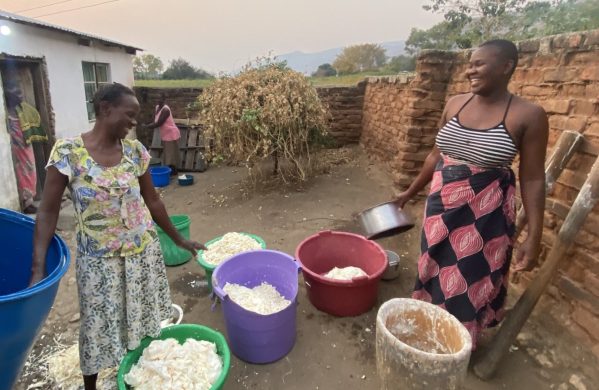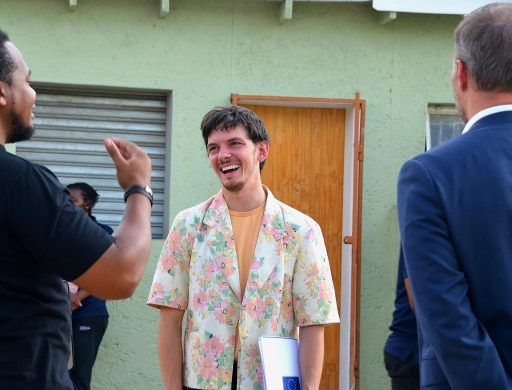Konceptet ’One Health’ opfordrer til at nedbryde grænserne mellem menneskelig velfærd, hensyn til dyr og naturkonservering. Vha. denne tilgang går sundhed for dyr, mennesker og natur hånd i hånd.
Mongabay.com May 05 2014: A gossamer mist settles over the jagged peaks of Bwindi Impenetrable National Park, a 318-square-kilometer park on the eastern flank of the Albertine Rift in southwest Uganda.
It’s a hard scramble up and down steep ravines of this World Heritage Site, home to 400 of the world’s estimated 880 remaining mountain gorillas.
The guide, Omax, radios ahead to trackers who have located the Habinyanja gorilla family. As the eight tourists and their porters catch up, everyone gathers to watch, mesmerized, as two gorillas placidly eat nettles.
Without warning, a male gorilla named Kavuyo charges straight toward a middle-aged woman; she holds her ground, her eyes saucers. “He’s a joking one,” Omax says after shooing Kavuyo back.
Tourists have just one hour to watch the gorillas and must stay seven meters away from the animals, but counting tourists, porters, trackers, and guards, more than 60,000 people visit the park for the gorillas every year, in addition to locals passing through, potentially exposing both species to health hazards from the other.
People and great apes are so closely related that infectious agents ranging from common cold viruses to potentially fatal diseases such as tuberculosis can pass between the two.
One study found that 30% of park staff and 85% of local villagers admitted to defecating in the park without burying it, and many leave behind soiled trash that can expose the gorillas to parasites, pathogens, and other health threats.
Outside the park, the potential health risks are even greater. Most families living and farming immediately outside the park do not have pit latrines, let alone flush toilets; 78% report defecating directly in their gardens, and 50% report using nearby bushes. When rains come, fecal matter left on the ground washes into waterways that livestock, wildlife, and people share for drinking and bathing.
Over the past two decades, the human population around the park has burgeoned, tourism has increased, and habituated gorillas have become less frightened of people.
Human–wildlife conflict occurs when wild animals eat crops or damage property. Curious and enterprising, gorillas regularly raid people’s gardens; for the poorest of the poor who live near the park boundary, this is a serious setback.
This conflict can escalate poverty, increase disease spread, put people at risk from emerging zoonotic disease epidemics, and sometimes results in people killing or injuring wildlife—a devastating consequence for critically endangered species such as mountain gorillas.
In 1996 a gorilla infant died when its family contracted scabies mites, likely from curiously inspecting a villager’s scarecrow clad in mite-infested clothing. Scientists have documented other cases of infections likely passed from humans to gorillas.
Recently, the dilemma of human–wildlife conflict has created great opportunity to solve some of the world’s most pressing problems for both people and ecosystems.
The emerging “One Health” movement explicitly recognizes the inextricable connections between human, animal, and ecosystem health, and is leading not only to new scientific research but also to projects that help people rise out of poverty, improve their health, reduce conflicts with wildlife, and preserve ecosystems, such as Bwindi’s tropical montane forest.
In Africa and around the world, the integrated, holistic One Health effort has conservationists improving community health and people’s livelihoods, and health-care professionals participating in conservation.
15 The authors of the Millennial Ecosystem Assessment have said that any hope of achieving the United Nations Millennium Development Goals not just for environmental sustainability but also for poverty eradication and improved health must explicitly consider the ecosystems that people depend on. The One Health approach shows promise for helping developing nations achieve these goals.
Read the rest of the article here at Mongabay.com.














